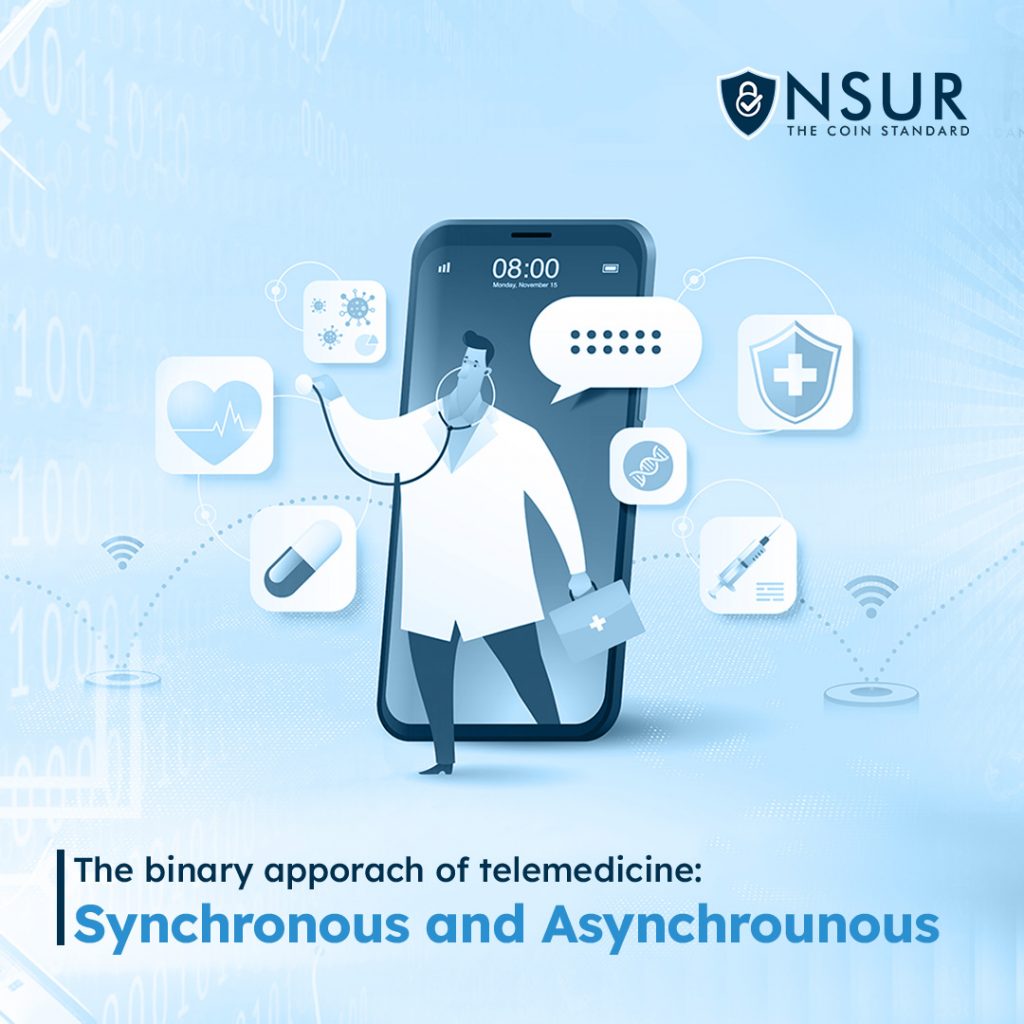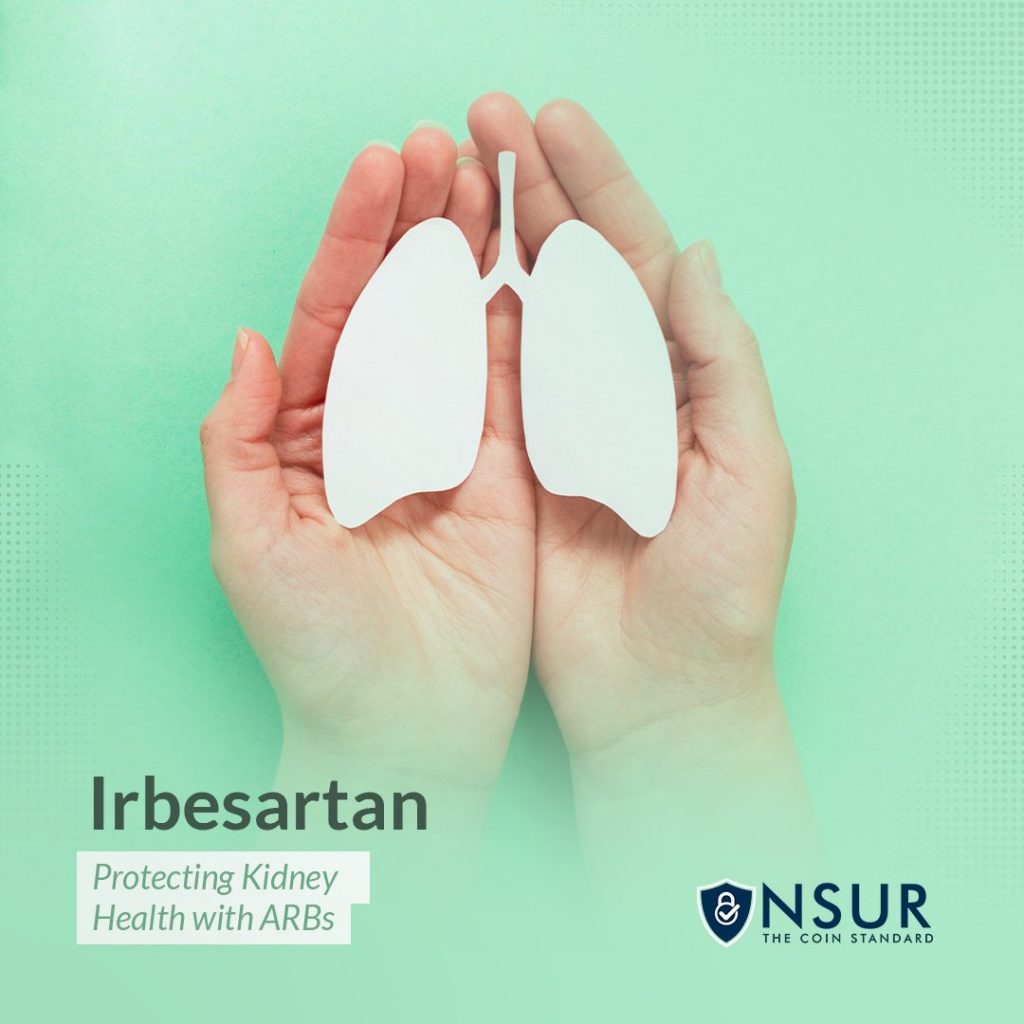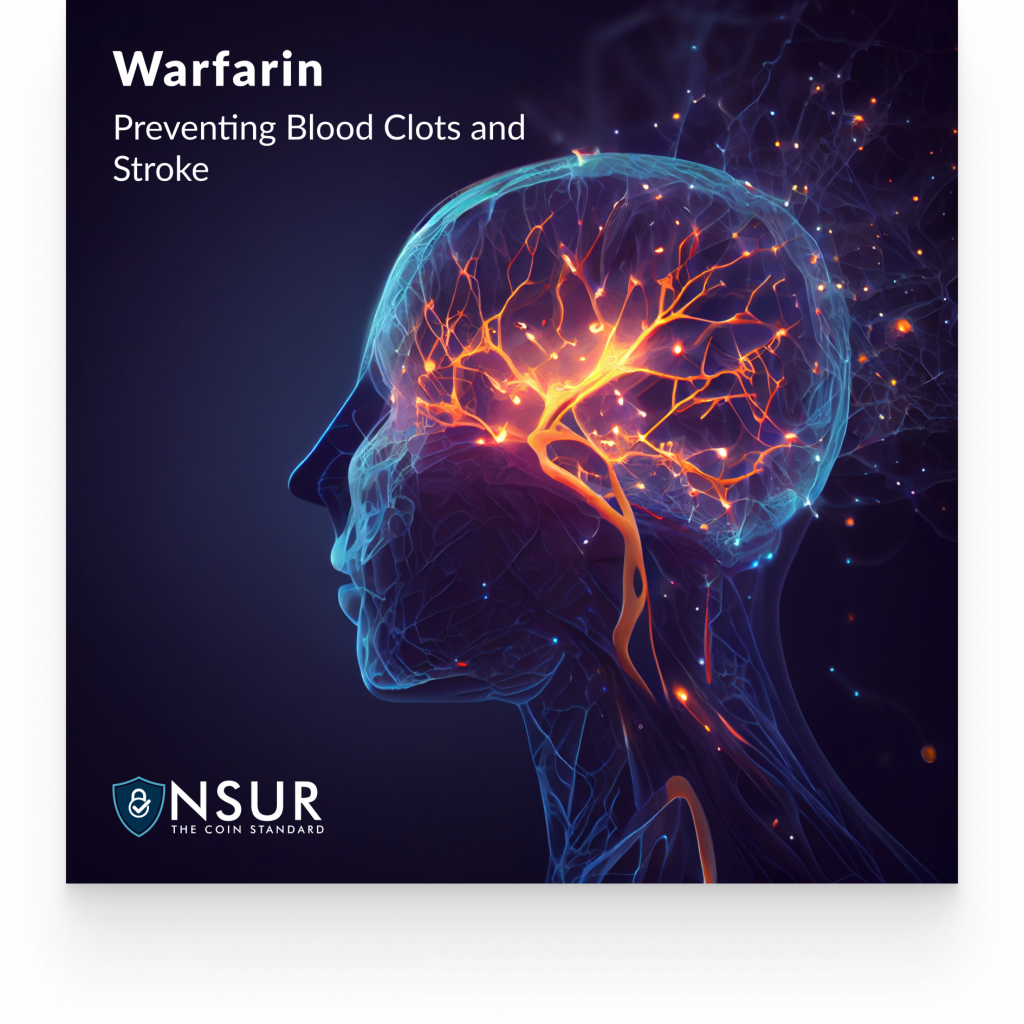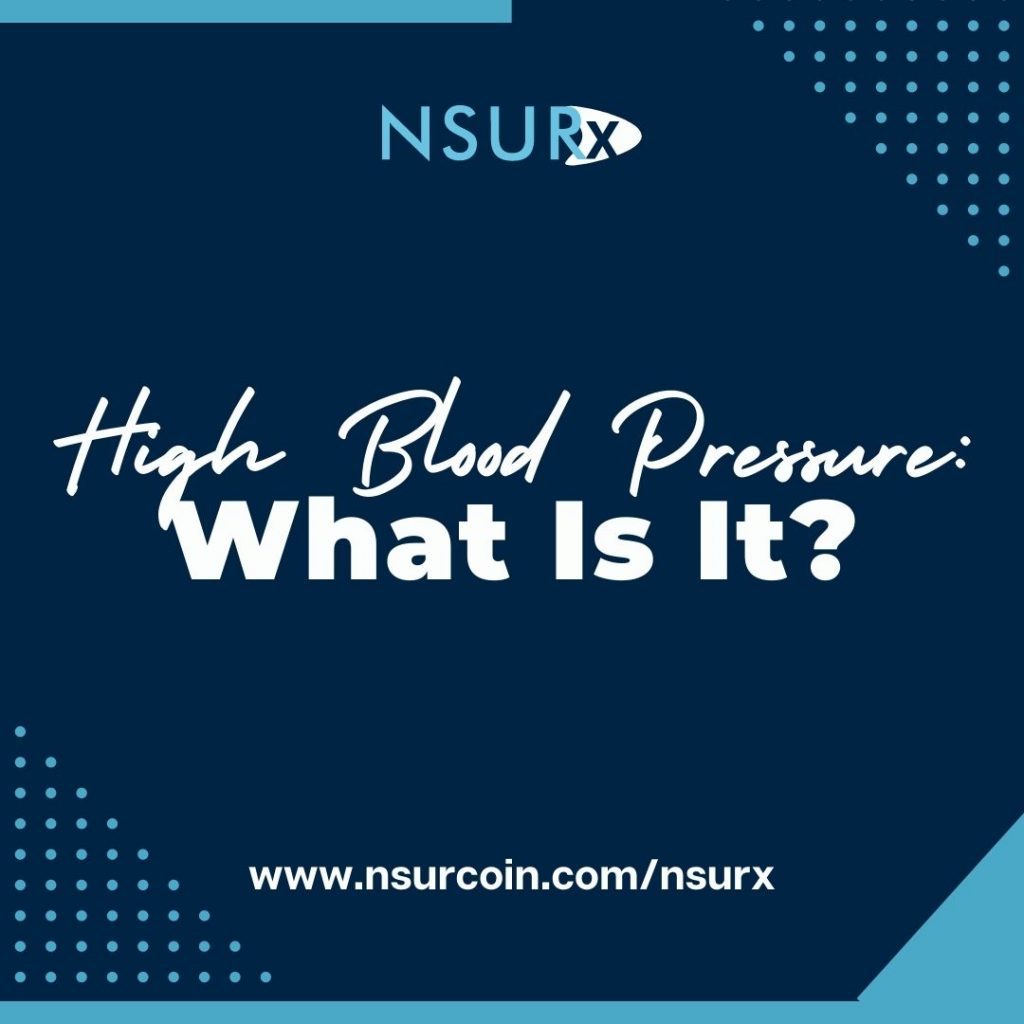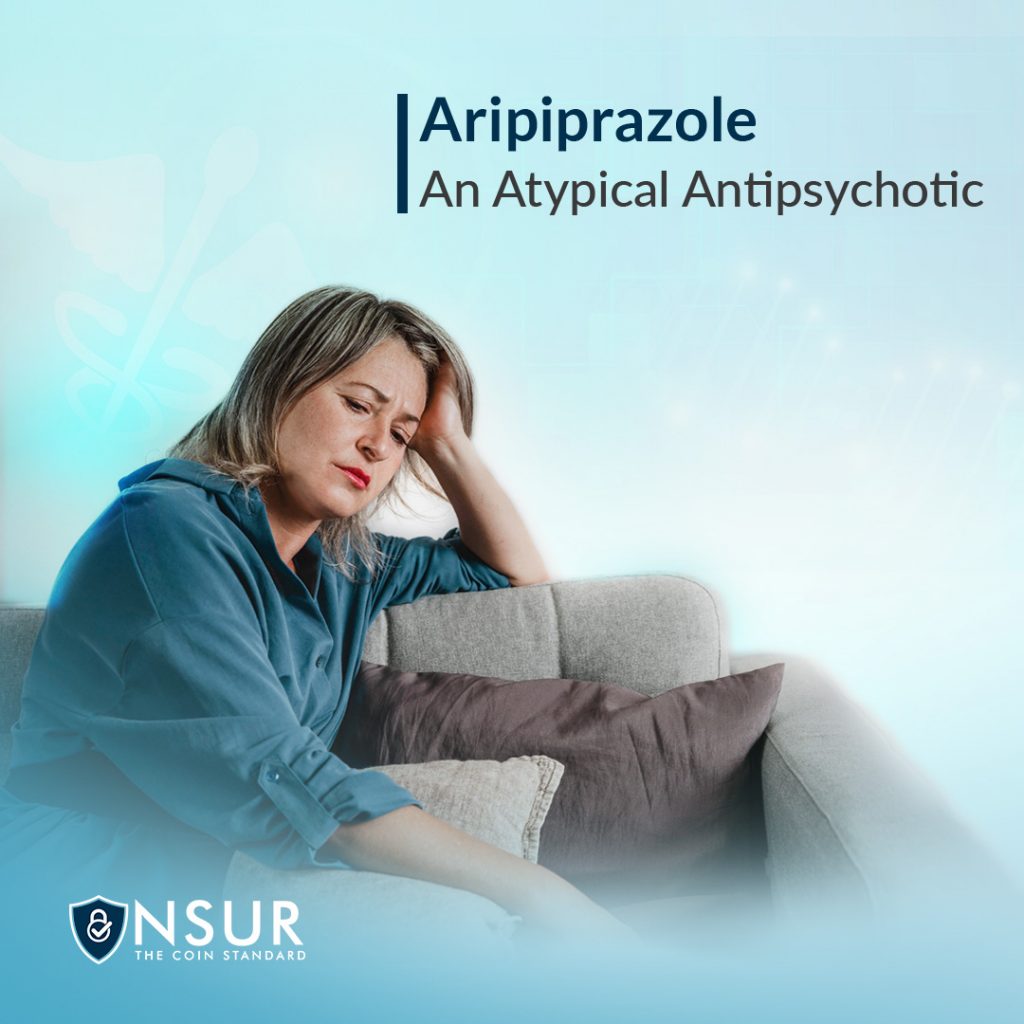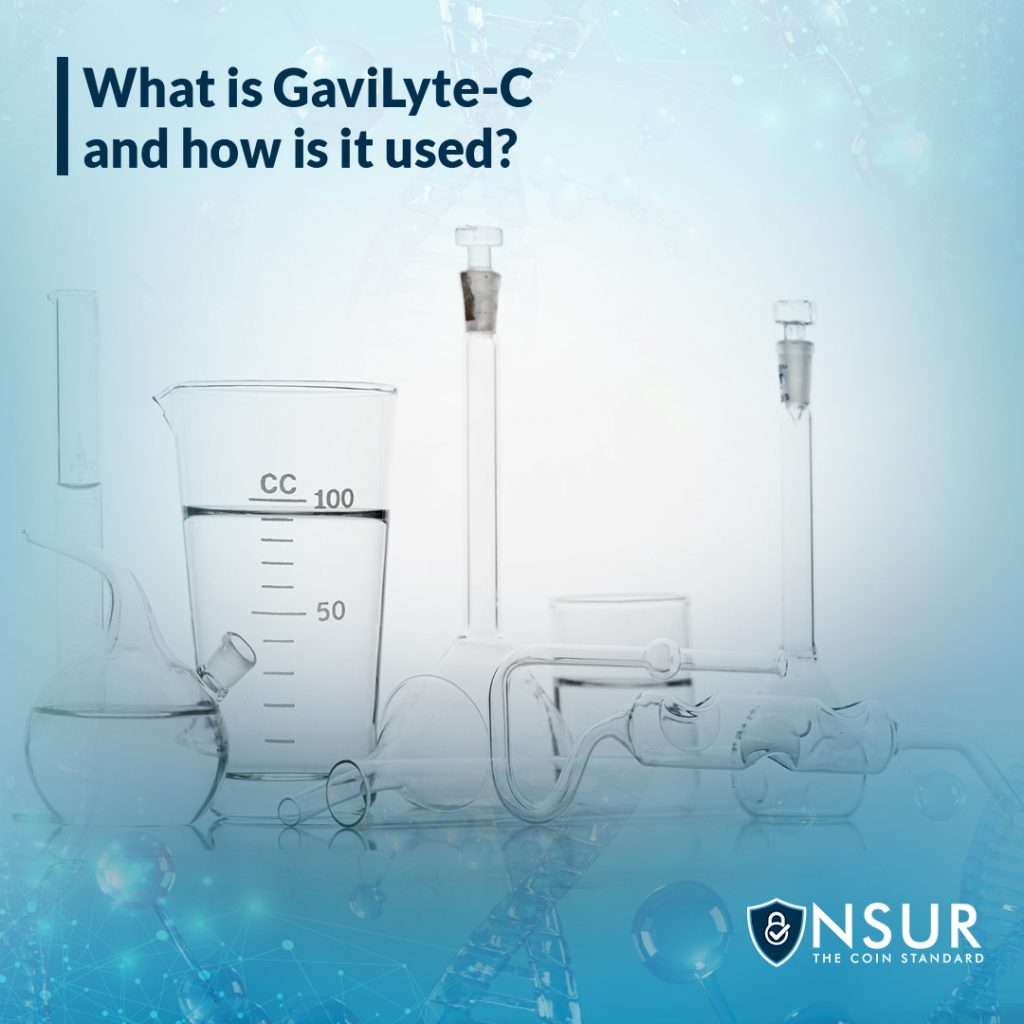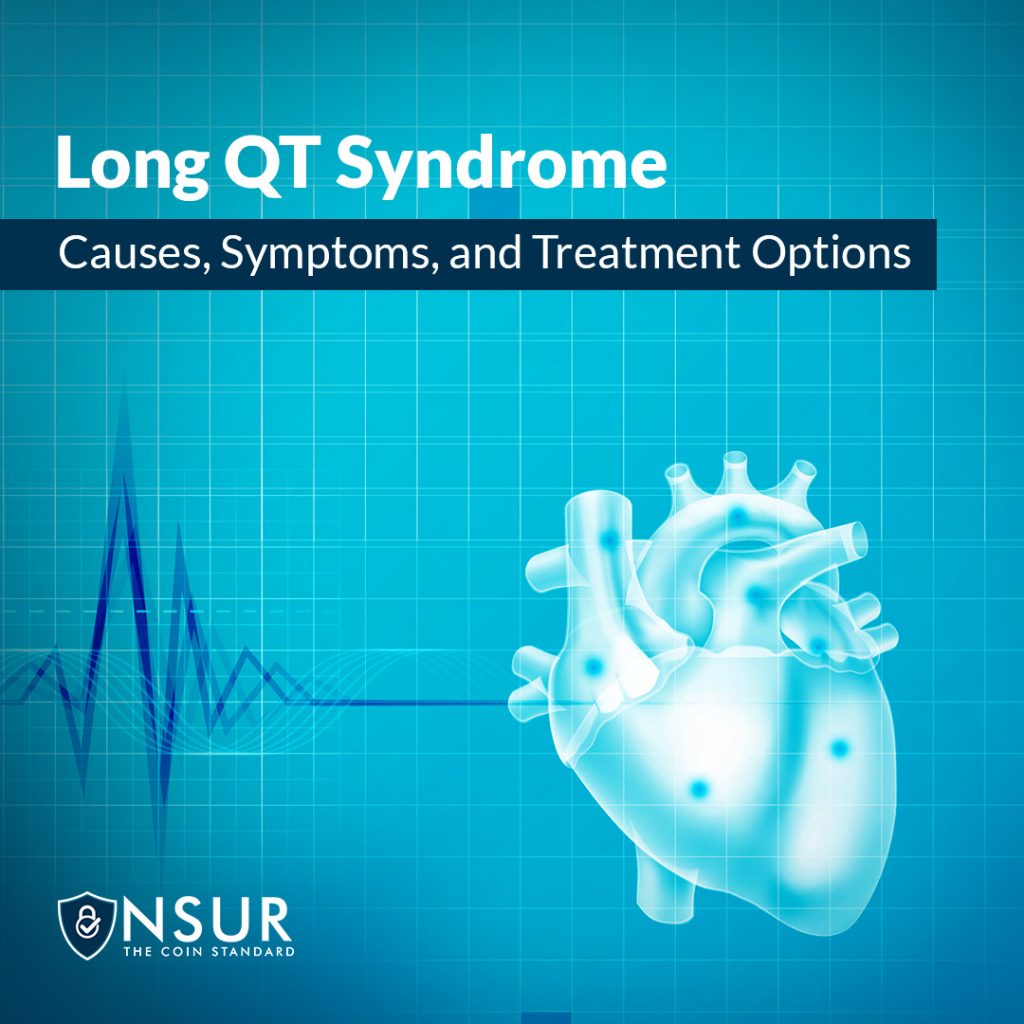
Long QT syndrome (LQTS) is a cardiac signaling condition that can result in rapid, erratic heartbeats (arrhythmias). Cardiac signaling disorders are also referred to as cardiac conduction disorders.
Some individuals are born with a mutation in their DNA that produces long QT syndrome (congenital long QT syndrome). Long QT syndrome can also be developed later in life as a consequence of certain medical disorders, medications, or mineral imbalances.
The QT interval is the time it takes your cardiac muscle to contract and then recuperate on an electrocardiogram (ECG). In other words, it is the amount of time it takes for your electrical system to send a stimulus through your ventricles (lower cardiac chambers) and then recover.
In your heart, ions (electrically charged bits of sodium, calcium, potassium, and chlorine) generate electrical activity. Long QT syndrome occurs when the ion channels that regulate the passage of ions into and out of your heart muscle cells malfunction.
When these ion channels aren’t functioning properly or there aren’t enough of them, your electrical system takes longer to recharge after each pulse. When the QT interval is longer than usual, the chance of Torsades de Pointes, a potentially fatal type of ventricular tachycardia, rises.
Causes of Long QT Syndrome
The following factors can increase your chances of developing LQTS:
- A family history of LQTS, or if someone in your family has experienced inexplicable fainting or seizures, drowning or near-drowning, or abrupt death.
- Cardiomyopathy and congenital cardiac abnormalities
- Medical diseases that produce insufficient potassium, magnesium, or calcium amounts in the blood, such as eating problems, thyroid disease, or severe diarrhea or vomiting
- Medical diseases that produce insufficient potassium, magnesium, or calcium amounts in the blood, such as eating problems, thyroid disease, or severe diarrhea or vomiting
- Some medicines, antidepressants, and antihistamines that impact how your heart’s ion channels function.
- LQTS affects females more than males. LQTS patients are more likely to faint or collapse abruptly during menstruation and soon after giving birth.
Symptoms Of Long QT Syndrome
Some individuals have no symptoms and are only identified after an ECG is performed for another cause. They may also be identified if family members have hereditary LQTS. Symptoms that may develop include:
- Palpitations (a fluttering in the chest)
- Seizure-like activity caused by lack of blood flow to the brain
- Syncope (dizziness or fainting)
- Sudden cardiac arrest
These symptoms can appear suddenly and may be caused by:
- stress
- a sudden noise – such as an alarm
- strenuous exercise – particularly swimming
- a slow heart rate during sleep
Take advantage of NSURx for a better lifestyle!
With the NSURx Prescription Benefit Card, you can save money on your medications at more than 35,000 pharmacies across the United States.
You can save up to 80% on your medication by using an NSURx card. Hundreds of dollars in savings could be yours every time you fill out your prescription.
The more you shop with NSURx, the more NSUR Coins you will receive as a reward.
Reference:
- https://www.mayoclinic.org/diseases-conditions/long-qt-syndrome/symptoms-causes/syc-20352518
- https://my.clevelandclinic.org/health/diseases/17183-long-q-t-syndrome-lqts
- https://www.nhlbi.nih.gov/health/long-qt-syndrome
- https://www.hopkinsmedicine.org/health/conditions-and-diseases/long-qt-syndrome-lqts
- https://www.nhs.uk/conditions/long-qt-syndrome/


